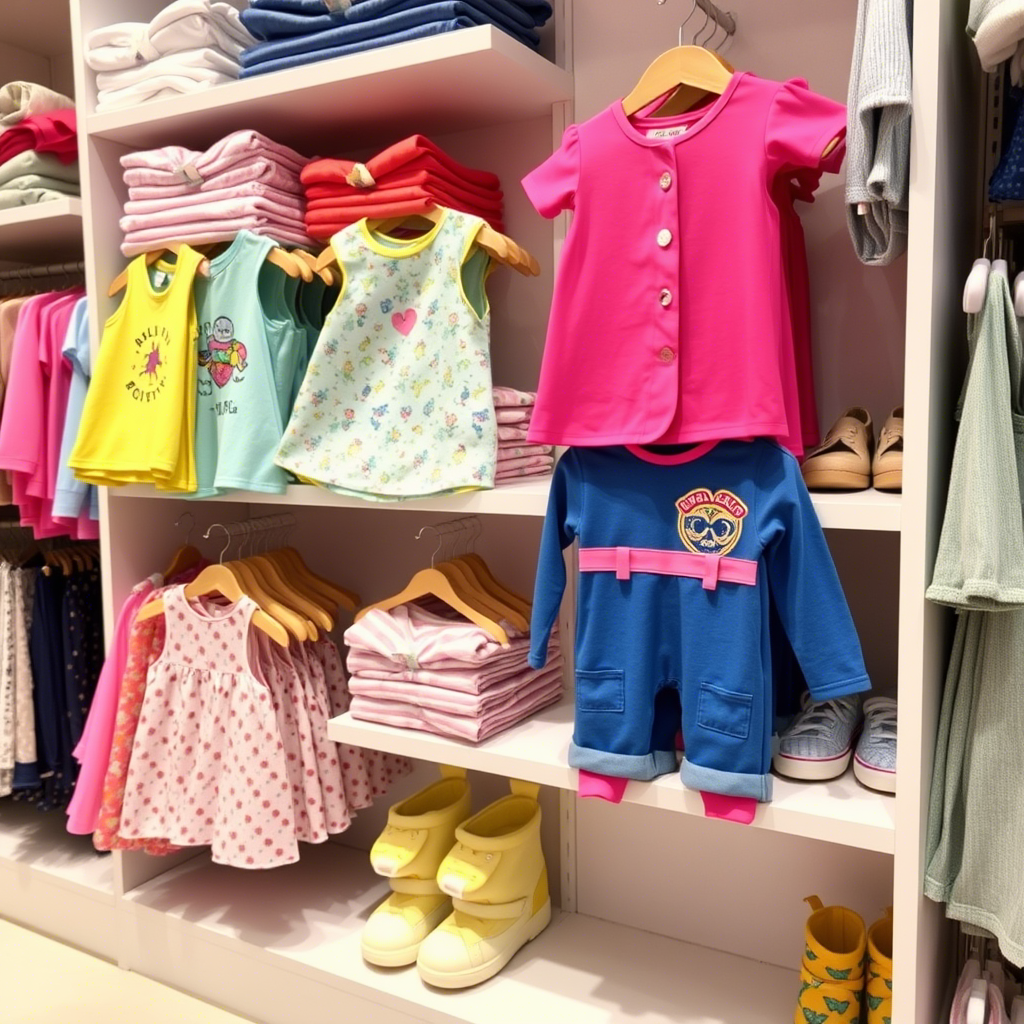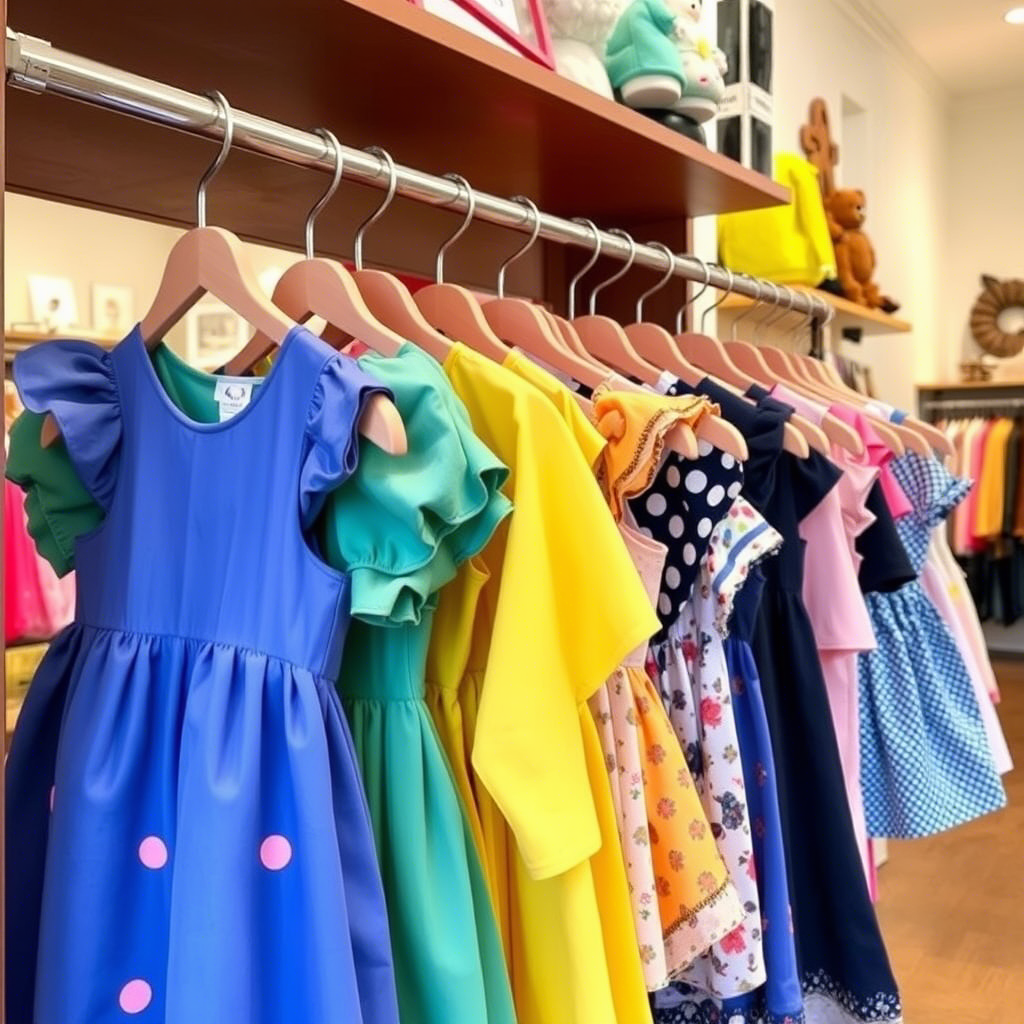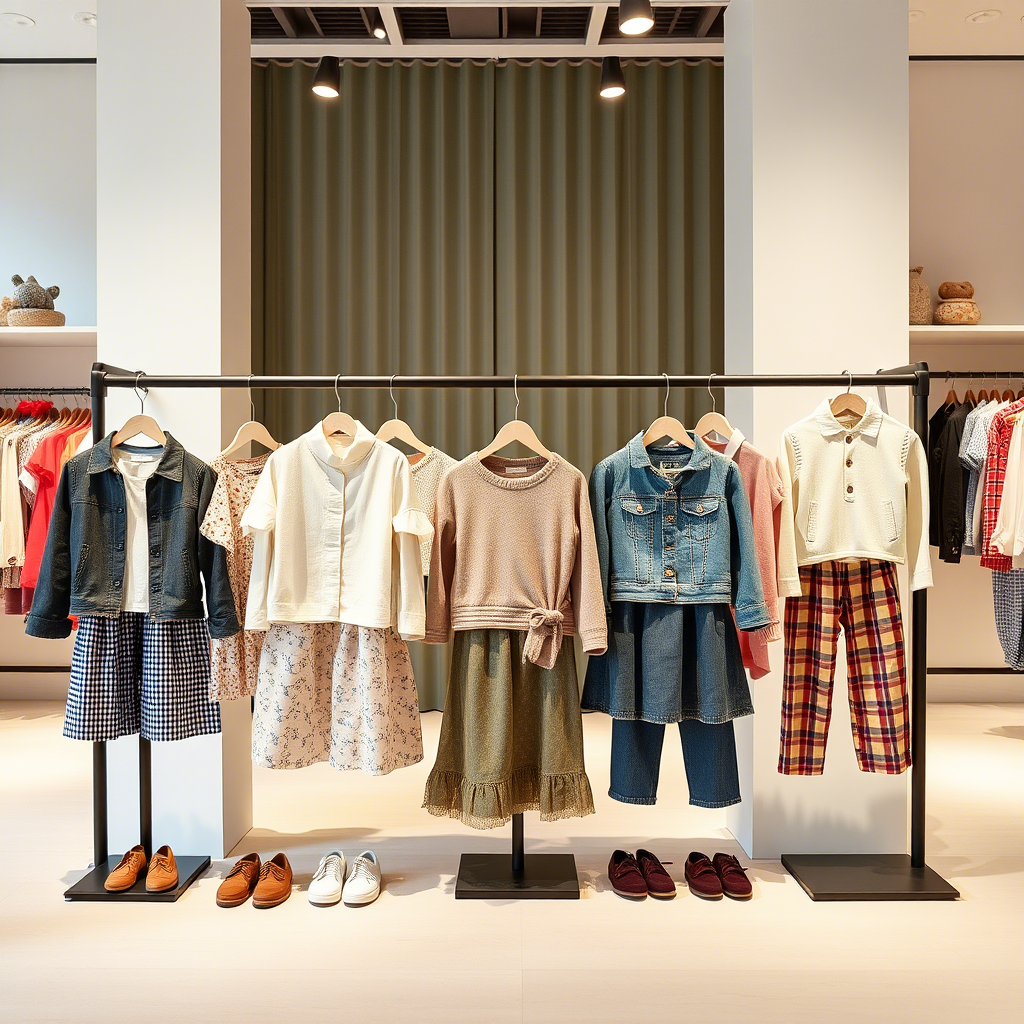Children Fashion Clothing Wholesale for Boutiques
The world of children’s fashion is a vibrant and rapidly evolving industry, with boutiques at the forefront of showcasing the latest trends and styles. For boutique owners, sourcing high-quality, fashionable clothing at wholesale prices is crucial to staying competitive and meeting the demands of discerning customers. In this article, we will explore the ins and outs of children fashion clothing wholesale for boutiques, providing insights into the benefits, challenges, and best practices for sourcing the perfect stock.
Understanding the Wholesale Market for Children’s Fashion
The wholesale market for children’s fashion is diverse and global, offering a wide range of products to suit various tastes and budgets. Boutique owners can source clothing from local manufacturers, international suppliers, or online platforms.
- Local Manufacturers: Partnering with local manufacturers can offer advantages such as faster shipping times, easier communication, and the ability to inspect products before purchase. For example, a boutique in New York might source clothing from a manufacturer in Los Angeles to reduce shipping times and costs.
- International Suppliers: International suppliers can provide access to a broader range of products and competitive pricing. However, they may also present challenges such as longer shipping times and potential language barriers. A boutique in Paris, for instance, might import clothing from a supplier in China to offer unique and affordable products to their customers.
- Online Platforms: Online wholesale platforms have made it easier for boutiques to discover and purchase products from a variety of suppliers. These platforms often include features such as product reviews, supplier ratings, and logistical support.
 Boutiques can create an appealing display by curating a selection of vibrant and stylish children’s clothing. This not only attracts customers but also reflects the boutique’s brand identity.
Boutiques can create an appealing display by curating a selection of vibrant and stylish children’s clothing. This not only attracts customers but also reflects the boutique’s brand identity.
Key Considerations for Sourcing Wholesale Children’s Clothing
When sourcing wholesale children’s clothing, boutique owners must consider several key factors to ensure they are getting high-quality products that meet their customers’ needs.
- Quality and Safety: Ensuring that clothing meets safety standards and is made from high-quality materials is paramount. This includes checking for compliance with regulations such as those related to flammability and the use of hazardous substances.
- Fashion Trends: Staying abreast of the latest fashion trends is crucial for boutiques to remain competitive. This involves regularly reviewing fashion publications, attending trade shows, and monitoring consumer behavior.
- Sizing and Fit: Offering a range of sizes and ensuring a good fit is essential for customer satisfaction. Boutiques should work with suppliers who can provide accurate sizing information and flexible ordering options.
Building Relationships with Suppliers
Building strong relationships with suppliers is vital for boutiques to secure the best products, prices, and services.
- Communication: Clear and regular communication is the foundation of a good supplier relationship. This includes discussing product requirements, delivery times, and any issues that arise.
- Negotiation: Boutique owners should be prepared to negotiate prices, payment terms, and other aspects of their agreement with suppliers. For example, committing to a larger order might secure a better price per unit.
- Reliability: Working with reliable suppliers who can consistently deliver high-quality products on time is crucial. Boutiques should monitor supplier performance and be prepared to switch if necessary.
 A well-organized and visually appealing display of colorful children’s outfits can significantly enhance the shopping experience. Boutiques can benefit from working with suppliers who offer a variety of stylish and coordinated pieces.
A well-organized and visually appealing display of colorful children’s outfits can significantly enhance the shopping experience. Boutiques can benefit from working with suppliers who offer a variety of stylish and coordinated pieces.
Managing Inventory and Logistics
Effective inventory management and logistics are critical for boutiques to ensure they have the right products in stock and can deliver them to customers efficiently.
- Inventory Management Systems: Implementing an inventory management system can help boutiques track stock levels, monitor sales trends, and automate reordering processes.
- Shipping and Delivery: Boutiques should work with suppliers who offer reliable shipping options and consider the total cost of delivery when making purchasing decisions. For more information on stylish and practical children’s clothing, visit https://lezonkids.com/boys-coat/ for a range of boys’ coats.
- Returns and Exchanges: Having a clear policy for returns and exchanges is essential for maintaining customer satisfaction and managing inventory effectively.
Staying Competitive in a Changing Market
The children’s fashion market is constantly evolving, with new trends, technologies, and consumer preferences emerging regularly.
- Sustainability: There is a growing demand for sustainable and eco-friendly clothing. Boutiques can stay ahead by sourcing products from suppliers who prioritize environmental responsibility.
- E-commerce Integration: Developing a strong online presence and integrating e-commerce into their business model can help boutiques reach a wider audience and stay competitive.
- Exclusive Products: Offering exclusive or bespoke products can differentiate a boutique from larger retailers and online sellers. For instance, boutiques can explore unique designs or collaborations with local designers, such as those found in the boys’ coat collection.
 A minimalist approach to displaying kids’ fashion can create a sophisticated and appealing shopping environment. This aesthetic can be particularly effective in boutiques that focus on high-end or designer children’s clothing.
A minimalist approach to displaying kids’ fashion can create a sophisticated and appealing shopping environment. This aesthetic can be particularly effective in boutiques that focus on high-end or designer children’s clothing.
Conclusion
Sourcing high-quality children’s fashion clothing at wholesale prices is a complex task that requires careful consideration of several factors, including quality, trends, and supplier relationships. By understanding the wholesale market, building strong relationships with suppliers, and effectively managing inventory and logistics, boutiques can stay competitive and meet the evolving demands of their customers. As the children’s fashion industry continues to grow and evolve, boutiques that adapt and innovate will be best positioned for success.

Comments